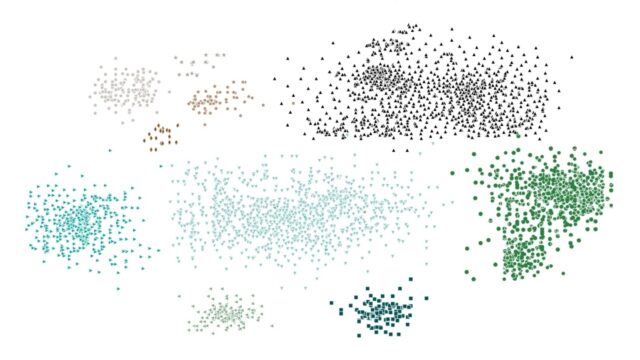
Machine learning can improve accuracy but also increase workload
Originally posted on The Horizons Tracker.
In a recent article, I explored research looking at the introduction of automation into the workplace. The study found whereas the technology was largely sold in terms of its ability to save time and make workers more productive, this wasn’t always the case as workers would spend a lot of time making sure that data and conditions were right for the machine.
Research1 from ESMT Berlin comes to a similar conclusion, as while introducing machine learning was shown to improve the accuracy of decision-making, it also resulted in extra cognitive effort required by workers when making those decisions.
Introducing AI
The researchers sought to investigate the impact of machine-based predictions on human decision-making processes and outcomes. Notably, the study found that the use of machines increases the workload of human decision-makers, particularly when they are cognitively constrained, such as when they are under time pressure or multitasking.
As a result, the introduction of AI to alleviate workload during high-pressure situations may actually lead to increased cognitive effort for the human decision-maker.
Moreover, the study revealed that while machine input generally improves the overall accuracy of human decisions, it can also increase the likelihood of specific types of errors, such as false positives.
Making decisions
To compare human-only decision-making to machine-aided decision-making, the researchers employed a machine-learning model to identify differences in accuracy, propensity, and the levels of cognitive effort exerted by humans.
“The rapid adoption of AI technologies by many organizations has recently raised concerns that AI may eventually replace humans in certain tasks,” the researchers explain. “However, when used alongside human rationale, machines can significantly enhance the complementary strengths of humans.”
The study highlights the considerable benefits of human-machine collaborations in professional settings, according to the researchers. While machines can deliver highly precise information, it remains crucial for humans to exercise their cognitive abilities in assessing their own information and comparing it to the machine’s recommendations before making a final decision.
Cognitive effort
Notably, this cognitive effort becomes even more critical when humans face time pressures or other constraints that demand a prompt decision.
The researchers emphasize that despite the undeniable value of machines, they should not be viewed as a panacea for all decision-making challenges.
Instead, humans must be vigilant in assessing the output provided by machines and ensuring that it aligns with their own conclusions. By doing so, professionals can leverage the strengths of both humans and machines to achieve optimal outcomes.
“Machines can perform specific tasks with incredible accuracy, due to their incredible computing power, whilst in contrast, human decision-makers are flexible and adaptive but constrained by their limited cognitive capacity – their skills complement each other.”, the researchers explain. “However, humans must be wary of the circumstances of utilizing machines and understand when it is effective and when it is not.”
Influencing performance
Drawing on the case of doctors and patients, the researchers’ recent findings indicate that incorporating machines into diagnostic processes can enhance accuracy and reduce the number of misdiagnosed patients.
However, in situations where disease incidence is low and time is limited, introducing machines may actually increase the number of misdiagnosed patients and heighten the cognitive effort required to arrive at a diagnosis due to the ambiguity that machine input can introduce.
The researchers note that their study offers both optimism and caution for those seeking to implement machines in professional settings. On the positive side, incorporating machine input tends to improve overall accuracy and reduce error rates, particularly when the machine’s predictions align with what humans expect. In such cases, the human decision-maker becomes more “efficient” by reducing their cognitive effort.
A mixed bag
Yet, the researchers caution that integrating machine-based predictions into human decision-making is not always advantageous in terms of reducing errors or cognitive effort. In fact, introducing machines may even lead to an increase in certain error types and prolong the time and cognitive effort required to make a decision.
These findings underscore the crucial role that machine-based predictions play in human judgment and decision-making. They provide valuable insights into when and how machine input should be incorporated and guide the design of effective human-machine collaborations.
Article source: Machine Learning Can Improve Accuracy But Also Increase Workload.
Header image source: Created by Bruce Boyes with Perchance AI Photo Generator.
Reference:
- Boyacı, T., Canyakmaz, C., & de Véricourt, F. (2023). Human and machine: The impact of machine input on decision making under cognitive limitations. Management Science. ↩






